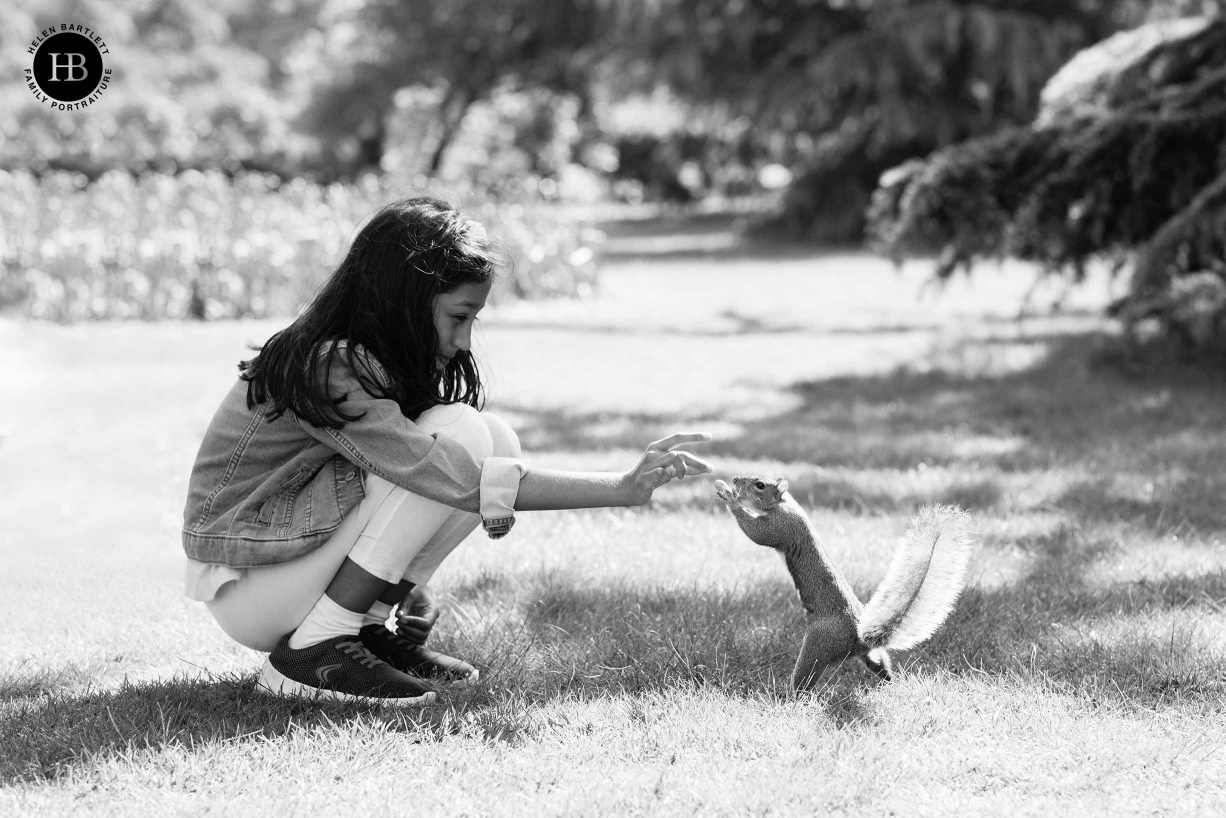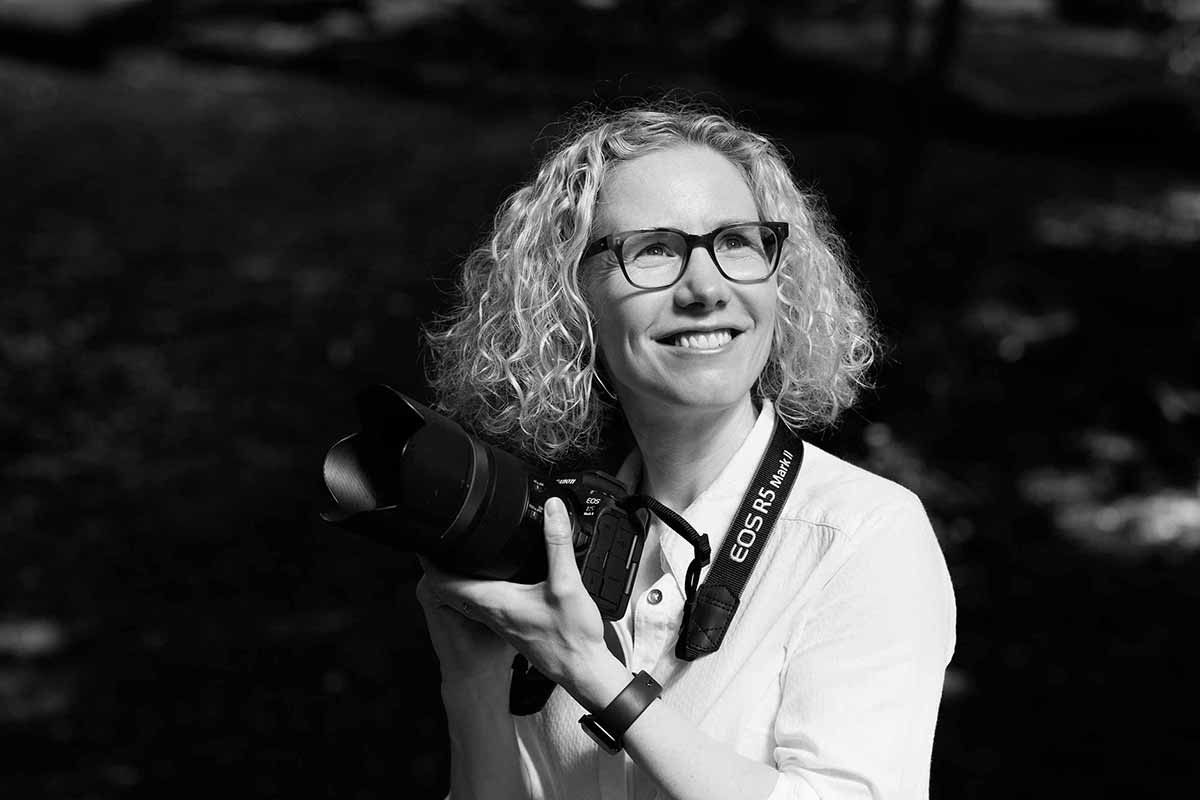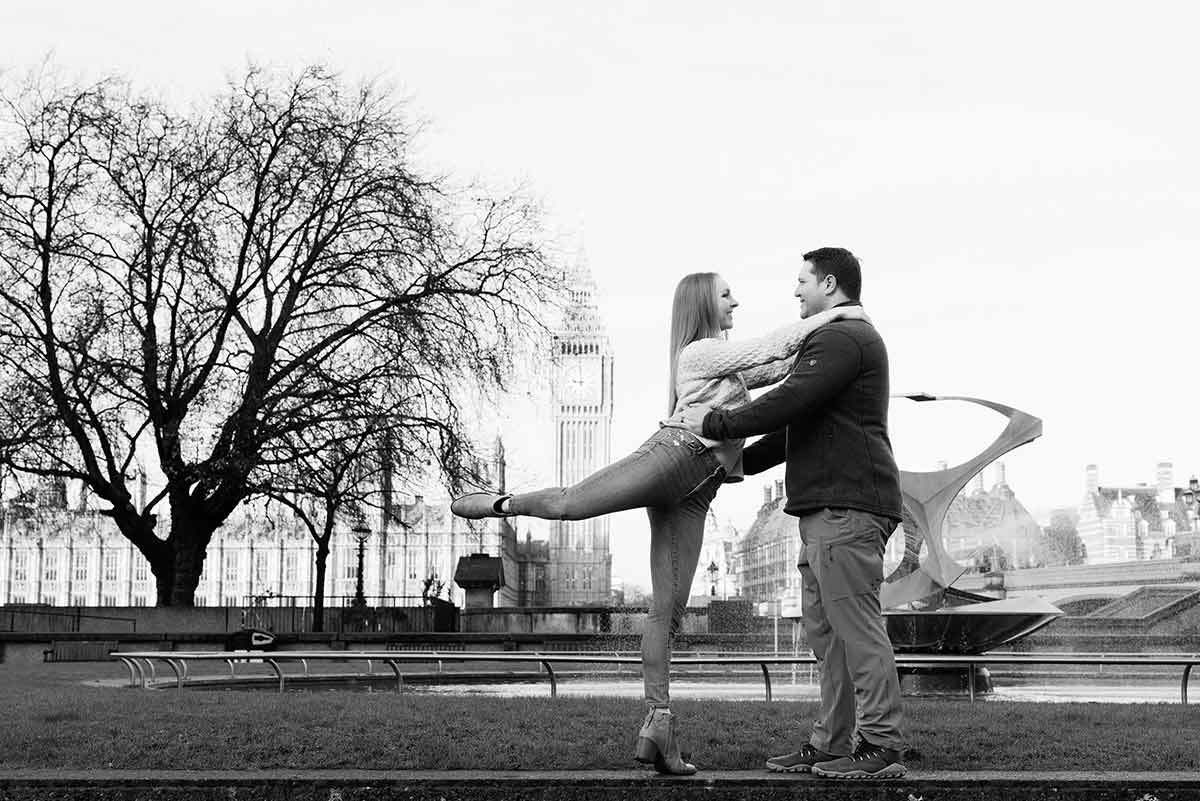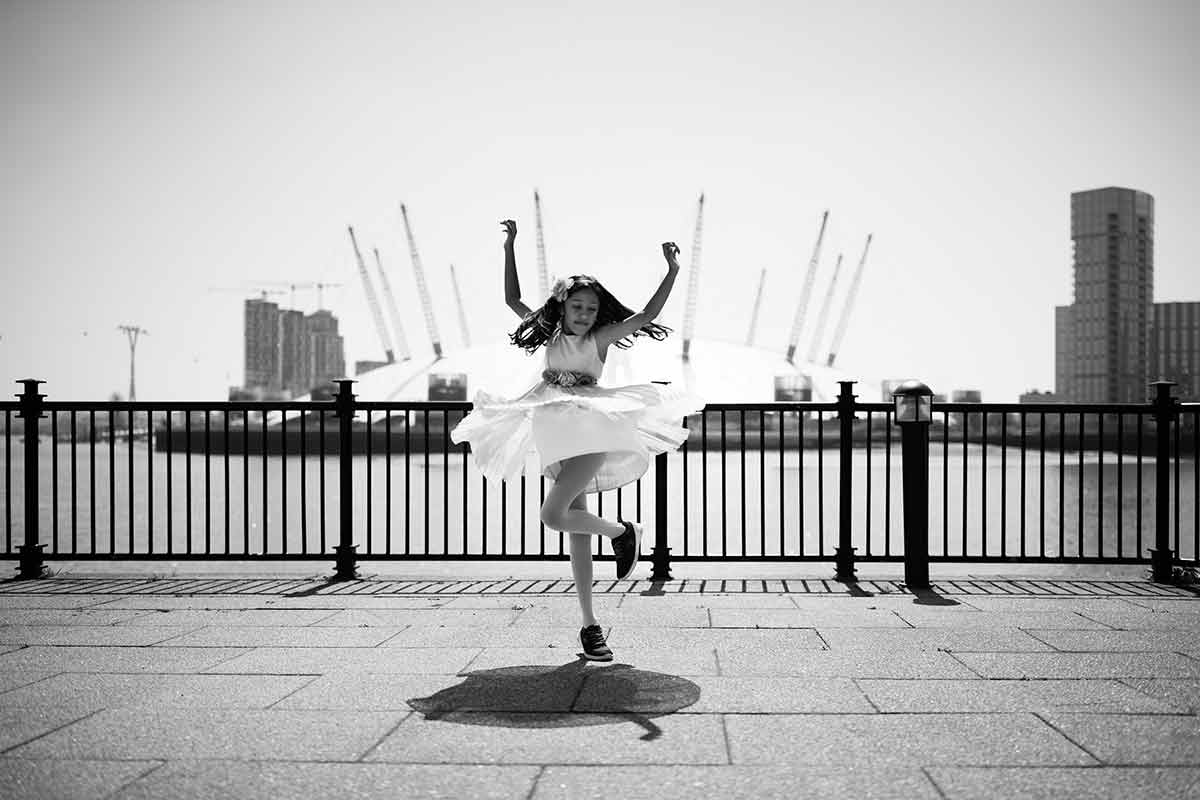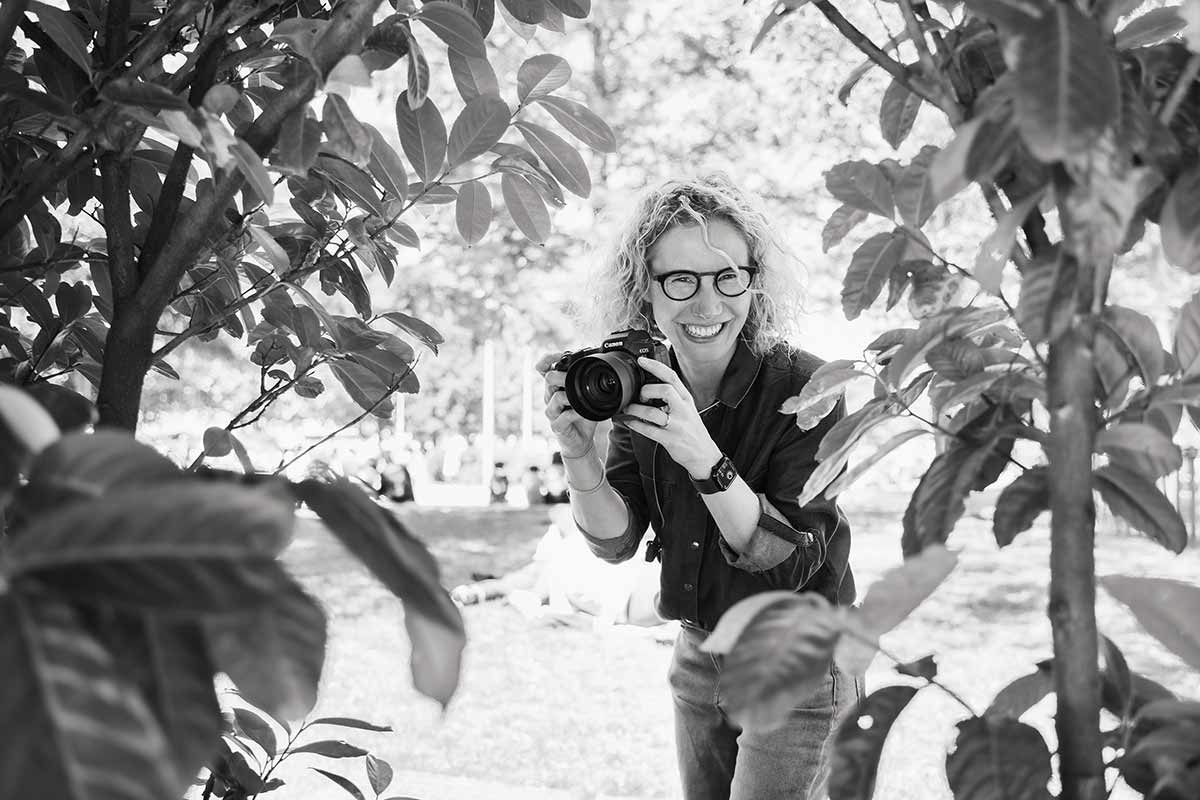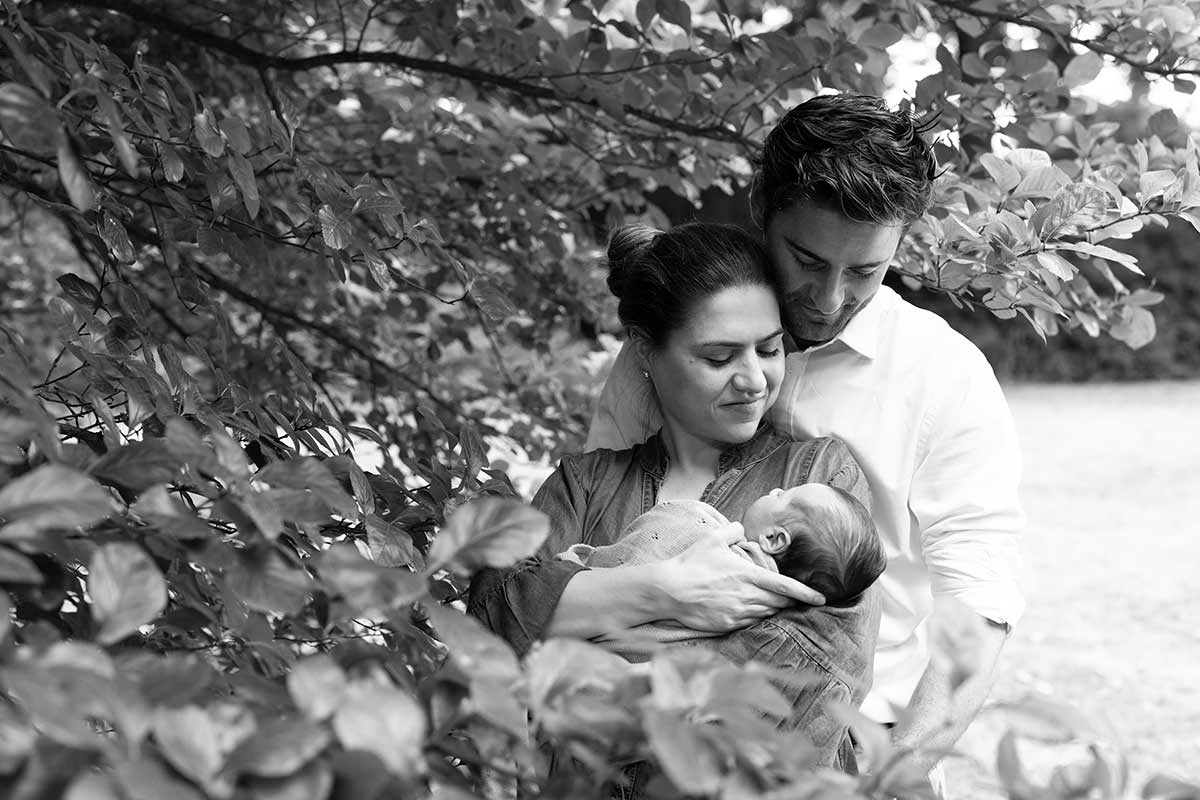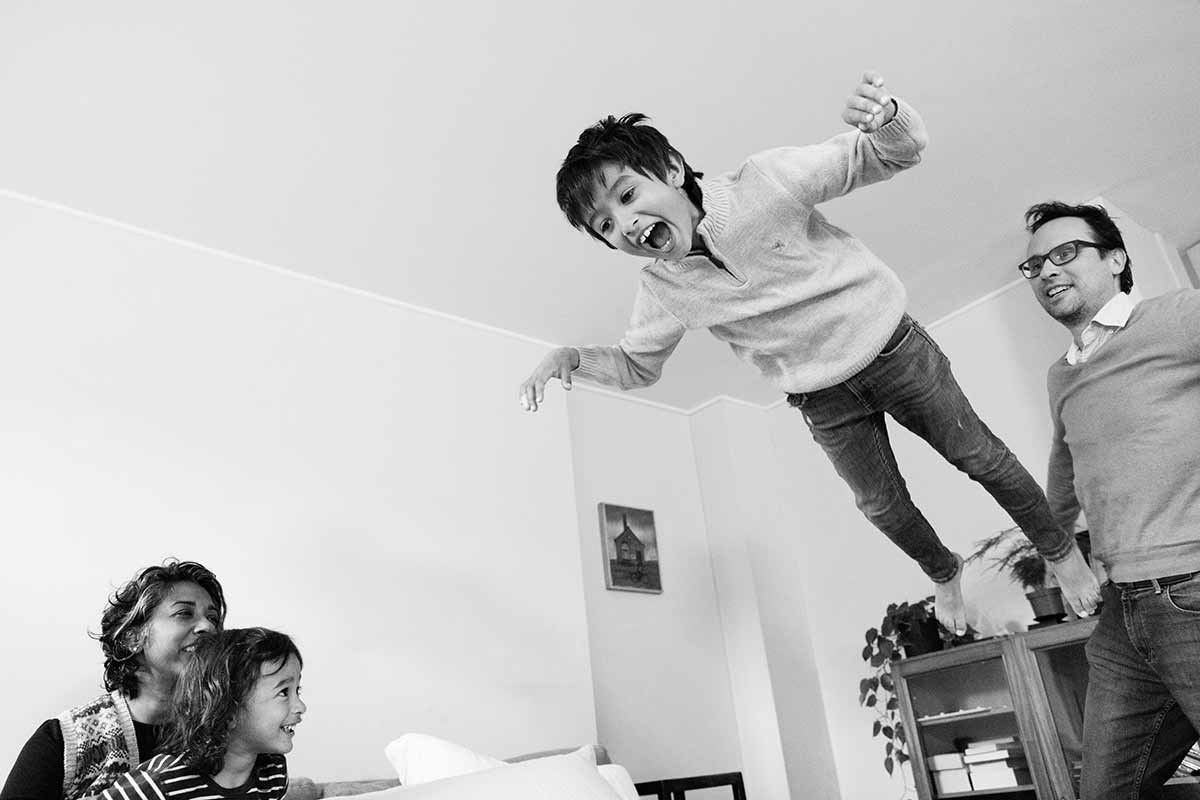The Best Lenses for Family Photography: A Guide
Welcome to my blog. I’m Helen, a family photographer for seventeen years and a Canon Ambassador. Since I started my business, I’ve bought a lot of lenses. Some have been upgraded, some are the originals I bought back in 2003 and others sit on the shelf rarely used as I’ve streamlined my kit bag. I’ve learnt a lot over that time about what to look for in a lens and in particular which are the best lenses for family photography.
Today I’m going to share that experience with you and hopefully help you to create the perfect lens line-up.
(January 2021 – This article has been updated to reflect my move from an EOS R to an EOS R5 and greater knowledge, and use of, Canon RF lenses)
The Technical Terms for Describing Lenses: A Glossary
When you first enter the wonderful world of photography, the terminology can feel overwhelming. People talk of fast lenses and bokeh, tilt-shift and hyperfocal distance. It can be hard to keep up and work out what you need to know now and what you can learn later. I’ll start by running you through some of the basic terminology.
Fast lenses
These are lenses with the option to shoot at wide apertures. What is considered fast has changed over the years with advances in lens technology and, of course, one lens can be fast in comparison to another. For this guide, I’ll be talking about lenses with an aperture of f2.8 or above as fast. Very fast lenses, which I tend to use indoors, will allow me to shoot at f1.4 or f1.2. The widest aperture of a lens is described at the end of the lens name, e.g. the Canon RF 50mm f/1.2L USM has a maximum aperture of f1.2. Some zoom lenses have a variable maximum aperture such as the Canon EF 100-400 f/4.5-5.6L II which means that at 100mm the lens has a maximum aperture of f4.5 while at the longer 400mm length the maximum aperture is f5.6, i.e. the maximum aperture moves as you zoom the lens.
Lens mount
Lenses are designed to work with a specific camera system so a Canon lens won’t work on a Nikon body for example. Some third-party manufacturers such as Sigma and Tamron make lenses for different camera systems, but you always need to check that the lens you buy will fit the camera you own. There may also be adaptors available. For example you can use Canon’s EF lenses on its RF cameras with an adaptor but you can’t use RF lenses on EF cameras.
I shoot entirely with Canon lenses and am a Canon Ambassador so I’ll be referring to Canon lenses in this piece.
The RF or EF in the lens names refers to the lens mount on the two Canon EOS systems: RF refers to lenses that fit on the new mirrorless R-System cameras while EF lenses are on Canon’s traditional DSLRs.
As you will notice in this article, I use lenses with both EF and RF lens mounts as I shoot with both camera systems. I am slowly moving towards a completely mirrorless set up and so I will eventually only shoot with RF lenses. Canon are bringing out more of these all the time and the new lens line up is very exciting for us photographers with incredible technological advances bringing new opportunities for creative imagery.
Where you see USM this refers to the small motor built into the body of the lens and means the lens will focus faster than standard models.
IS stands for Image Stabilizer which means the lens has stabilisation built in.
STM stands for Stepper Motor Technology which means the motor in the lens is designed for quieter and smoother focusing which is particularly important for shooting video.
Prime lenses
A ‘prime lens’ is a lens that has a fixed focal length such as 35mm or 50mm. This is in contrast to zoom lenses that allow you to change the focal length, such as the 24-70mm or 70-200mm.
One of the benefits of prime lenses is that they’re usually faster than zooms (only the Canon RF 28-70mm f/2L USM has a maximum aperture faster than f2.8). They’re also usually optically superior to zooms although modern zooms are excellent.
Personally, I love to shoot with primes as I find them more instinctive to use than zooms. I don’t waste time tweaking my focal length. Instead I can quickly move, or ‘zoom with my feet’, to get the perfect angle.
Zoom lenses
Zoom lenses are designed to make life easier for us as photographers. We can change our angle of view without needing to change our lenses and so can move from a wide angle to a telephoto view in a matter of seconds.
The most common zoom lenses used by professional family and wedding photographers are the 16-35mm, the 24-70mm and the 70-200mm. These cover pretty much all eventualities but there are lots of different zooms on the market, from those aimed at travel photographers such as the Canon RF 24-240mm f/4-6.3 IS USM or the long lenses aimed at sports or wildlife work such as the Canon EF 100-400 f/4.5-5.6L II USM.
Wide angle and telephoto/long lenses
Lenses come in a huge variety of focal lengths from Canon’s EF 8-15mm f4L fisheye USM to the incredibly rare Canon EF 1200mm f5.6L USM lens which was on sale in 2014 for £99,000. Yes you read that correctly!
Different focal lengths give different perspectives to our pictures and can be used in different situations. With long lenses we can photograph things further away and they also compress perspective which can be very flattering in portraits. Wide angle lenses give us flexibility on our angle of view. We can fit so much in but we do need to be careful of distortion in the corners which can be an issue for family portraits.
The 50mm lens is close to what our eye naturally sees and is an excellent place to start. A 50mm is one of my favourite lenses and one of the best lenses for family photography.
Macro lenses
Macro lenses allow us to get really close to our subjects and take close-up images. Lenses that allow 1.0x or 1:1 magnification at their closest focus distances allow us to record the image onto our camera sensor at exactly the same size as it is in real life. This means that once we look at those images on our screens or enlarge them for print, the level of detail is phenomenal. Those amazing close-up shots of insects you’ve seen? They’re shot on macro lenses.
For family portrait photographers these come into play for taking detailed shots and are a great addition to any kit bag. Most newborn photographers will have a macro lens in their bag for taking pictures of delicate eyelashes and tiny toes.
My favourites are the Canon EF 100mm f/2.8 USM Macro and also the wonderfully versatile Canon RF 35mm f/1.8 IS Macro STM lens which works for macro but can just as easily take a family shot. It lives on my camera during newborn sessions and if I could only have one macro lens, it would definitely be the Canon RF 35mm f/1.8 IS Macro STM.
Bokeh
The dictionary definition of bokeh is ‘the visual quality of the out-of-focus areas of a photographic image, especially as rendered by a particular lens’. In layman’s terms, it’s how nice the background looks if you’re shooting at a wide aperture.
When you first start you won’t notice the difference in bokeh between lenses, or I didn’t anyway. But the further you go on your photographic journey the more this becomes important. Different lenses can have very different looks. My personal favourite lens is the Canon RF 50mm f/1.2L USM because of the glorious look to the bokeh. Camera manufacturers are aware of how important this is to photographers and so have found ways to make the bokeh even better, such as on the ground-breaking Canon RF 85mm f1.2/L USM DS lens. Here, the DS refers to the defocus smoothing coating which makes the aperture even more creamy than normal. You can read more about that on the Canon blog.
So that’s a lot of information just to start with. The big question is, with all those options, what should we have in our bags, what are the best lenses for family photography?

The Canon EF 85mm f/1.4L IS USM has glorious bokeh.
The Best Lenses for Family Photography
When I’m heading out to photograph a family on a normal day I carry the following lenses: the Canon EF 35mm f/1.4L II USM, the Canon RF 35mm f/1.8 IS Macro STM, the Canon RF 50mm f/1.2L USM and the Canon EF 85mm f/1.4L IS USM
Two 35mm lenses I hear you say? That’s because I currently work with two camera systems. I’ll be carrying two Canon 1DX Mark II cameras and an EOS R5. I like to use the 35mm on both cameras in different situations.
As you will notice in this article, I use lenses with both EF and RF lens mounts as I shoot with both camera systems. I am slowly moving towards a completely mirrorless set up and so I will eventually only shoot with RF lenses. Canon are bringing out more of these all the time and the new lens line up is very exciting for us photographers with incredible technological advances bringing new opportunities for creative imagery. I expect that this year I will be adding a Canon RF 85 f1.2L USM lens to my lineup.
I usually work with two cameras, the Canon 1DX Mark II and the EOS R5. I’ll tend to have a 35mm lens on one and either the 85mm or the 50mm on the other. Often it will be the 85mm outside or the 50mm indoors. Sometimes if I’m indoors I’ll just shoot with the EOS R5 and change lenses.
Why 85mm outside and 50mm inside? The 85mm gives me a bit more reach and kids run around a lot so I find that extra length helpful outside. But, inside there’s often less room to move around and so the 50mm is a better focal length giving me the option for both beautiful close-up portraits without distortion and also a wider view to include the environment of the family home.
Sometimes I’ll pop the Canon EF 24-70 f/2.8L II USM into my bag too if I think I’ll want a wider angle. It’s mainly used if the kids are jumping on the bed where I want a bit of extra space around the image as I might need to straighten verticals in post-production later on.
But that’s not what I started with. When I initially set up my business my first lens purchases were the Canon EF 24-70 f/2.8L USM (the mark 1 version, I’ve since upgraded), the Canon EF 70-200mm f/2.8L USM (which I still have) and the Canon EF 50mm f/1.4 USM (which I have upgraded multiple times as you will read about below). Quite a different set up, so what’s changed?
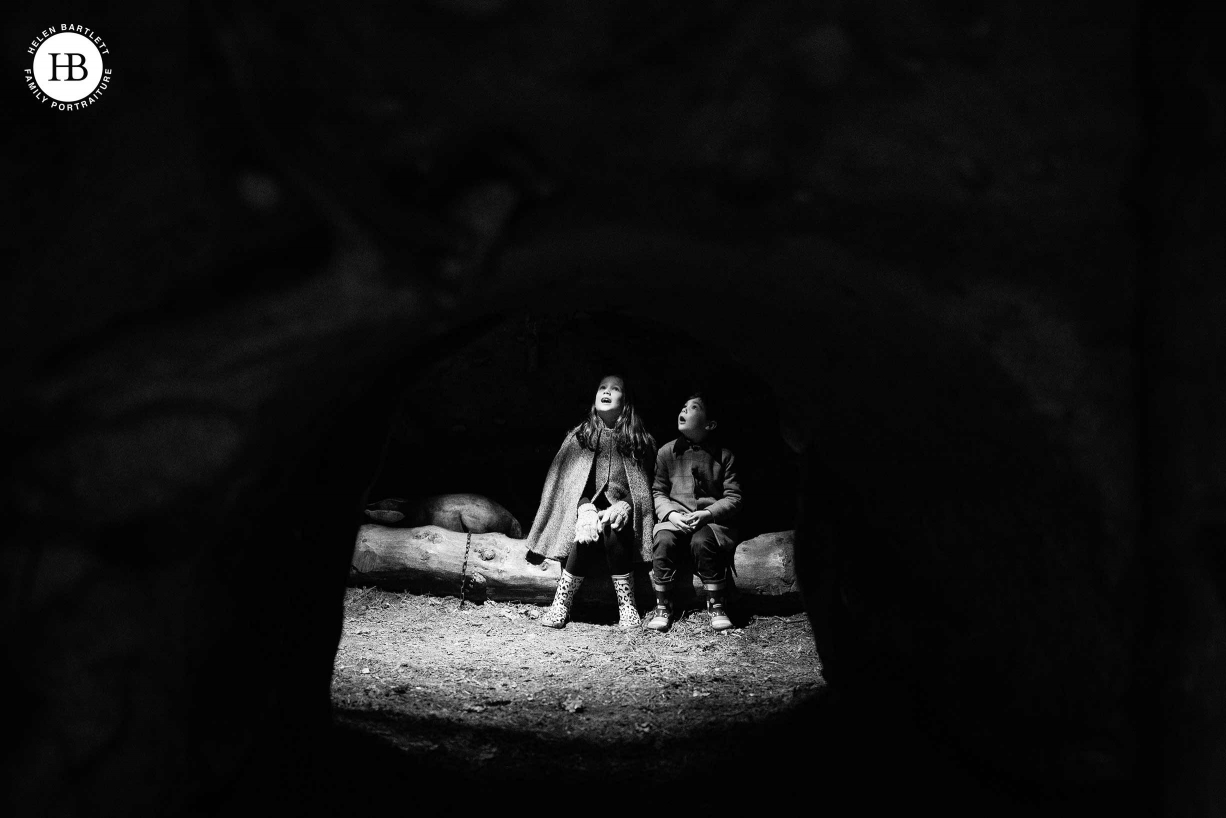
Fast lenses such as the Canon EF 35mm f/1.4L USM II lens allow family photographs to be taken when there is very little light. This was shot at f1.8 1/80 at ISO 10,000
Primes vs zooms
The prime vs zoom debate is probably up there with RAW vs JPEG as something that divides photographers and, with both, there’s no right answer. It depends on your circumstances and personal preferences as to what will be the best lenses for family photography for you.
I like to shoot with prime lenses. I love to work with two bodies as I find this is more balanced and although it involves carrying more weight, it’s actually less strain on my back if it’s evenly distributed. Two bodies also mean I have a backup in my hand in case of disaster and, as a professional photographer, this reassurance is essential.
Working with two bodies means that shooting with two prime lenses works really well. I have my longer length lens (usually 50mm or 85mm in my right hand) and my wider lens (usually the 35mm in my left hand). Because I’m always set up that way round it means it’s incredibly instinctive to pick up the correct camera as a scene evolves in front of me. I use a Black-Rapid Double Breathe strap which I love.
Using fixed focal length lenses also means that over time I’ve got to know their angles of view incredibly well. If I need to shoot from the hip, or if I have my camera in a EWA-Marine bag for underwater work and can’t really see through the viewfinder, I can compose my image by instinct, knowing roughly what will be in the frame at any given time. This is a great skill to have as a photographer and one you won’t get using zoom lenses.
I also love the speed of prime lenses, the extra light entering the lens gives me more flexibility when I’m working indoors which happens a lot when I’m photographing families. I also love the look that portraits shot wide open at f1.4 or f1.2 have. It’s not easy shooting moving kids at those apertures but when you get it right the results are out of this world and advancing technology such as the incredible face and eye tracking on the Canon EOS R5 are making this easier all the time.
This is not to say that I don’t have a place in my heart and my camera bag for zoom lenses. I will often use them if I’m travelling light and want to work with just one camera and one lens. If I’m going out with my family, I’ll either put the Canon RF 50mm f/1.2L USM on the Canon EOS R or the Canon EF 24-70 f/2.8L II USM on the Canon 1DX mark II so I know I can cover most eventualities on a family day out. The Canon EF 24-70 f/2.8L II USM is the most flexible lens I own.
My husband, a professional wedding photographer before he set up his company Light Blue Software (which provides business management software for professional photographers and is an invaluable resource for anyone setting up a family photography business) preferred to shoot with zooms. The flexibility and speed of changing angle of view appealed to him in the fast-paced parts of a wedding day.
It’s definitely a personal decision. Have a play with the different options and see which you prefer: there’s no right or wrong to the primes or zooms debate. Just be aware if you’re shooting indoors then primes will give you more flexibility in low light and for that reason makes them some of the best lenses for family photography.
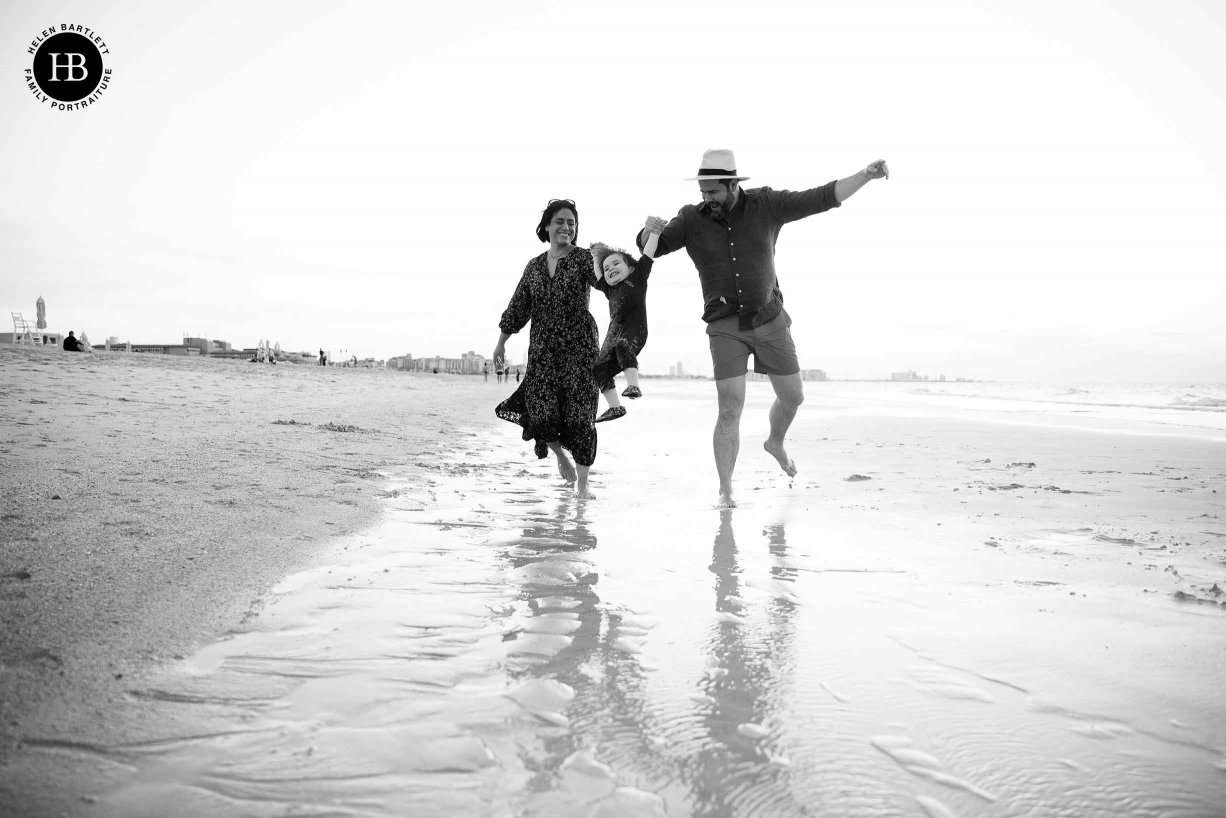
Zooms are perfect when you don’t want to change lenses such as on a sandy beach. This was shot with the Canon EF 24-70mm f/2.8L II
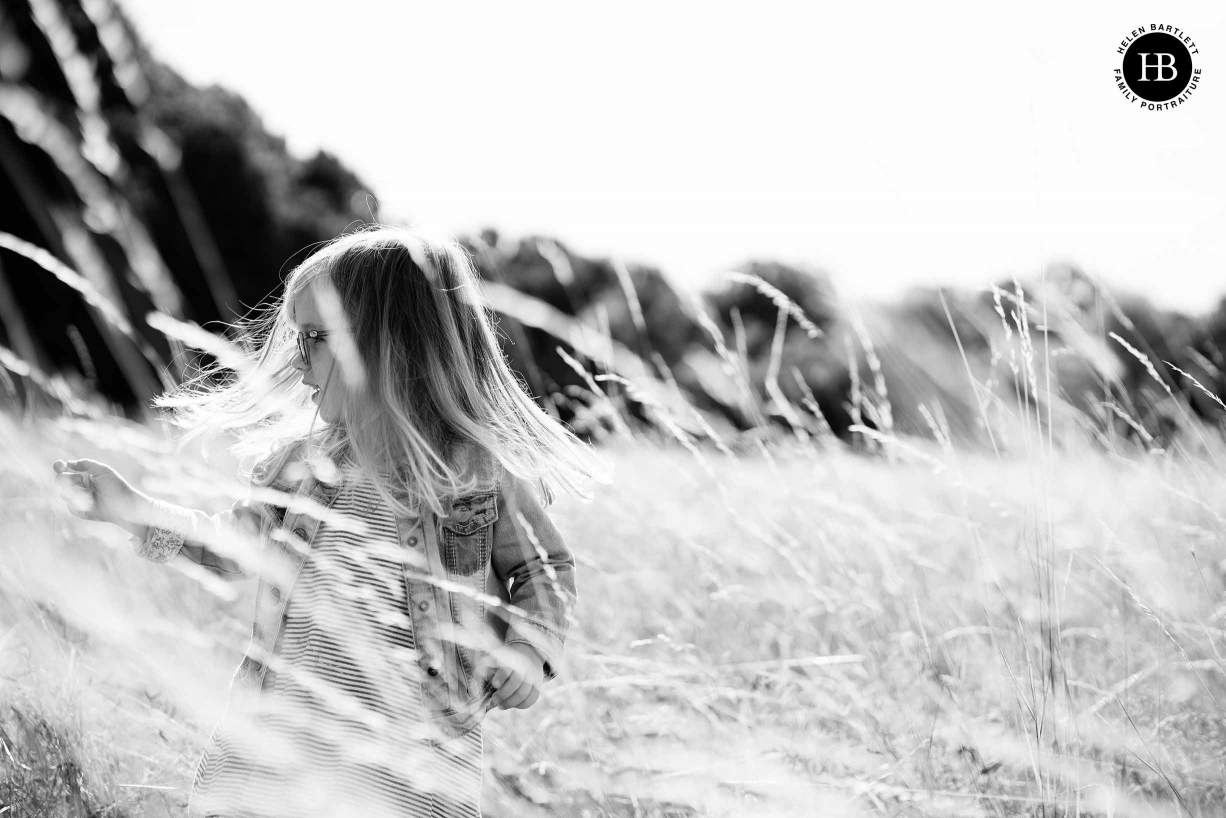
The Canon RF 50mm f/1.2L is a sublime lens, my personal favourite of all the lenses I own.
The 50mm lens
I want to talk a bit more about the 50mm focal length as this is the length of lens that I most commonly recommend. Years ago, cameras would be sold with a 50mm ‘standard’ lens, now they tend to come with a zoom. The 50mm is the nearest we can get to the way our eye sees and so it’s a lovely comfortable focal length to work with. The great Henri Cartier Bresson shot most of his work on a 50mm lens.
My favourite lens to work with is the Canon RF 50mm f/1.2L USM because it’s so sharp, so fast, but also has such beautiful bokeh. Sometimes the sharpest lenses can have a very brittle feel to the bokeh so that’s something to look at when you’re choosing a 50mm. As mentioned before, the bokeh varies between lens models and between brands.
When I’m recommending a lens though I go for the Canon EF 50mm f/1.8 STM, the ‘nifty fifty’, which I believe is one of the best lenses that Canon make. The EF 50mm f/1.8 STM is affordable (it’s currently £99 on Wex), so it’s a brilliant place to start if you want to try a fast prime lens but don’t want to spend a lot of money. In comparison, the Canon RF 50mm f/1.2L USM is £2329. I know many professional photographers who shoot with the EF 50mm f/1.8 STM and love it.
Since the first version of this article came out Canon have also released a cheaper 50mm lens for their R system full-frame mirrorless cameras. I added and RF 50mm f1.8 STM lens to my arsenal recently as it’s tiny and light and perfect for carrying around when out with family and friends. The quality is wonderful and the price (currently £219 at Park Cameras) makes it an affordable addition to any kitbag.
When we build our lens collections there’s a temptation to always go straight in at the top and buy the very best lenses for family photography. I’ve always believed it’s better to buy once and get the best I can afford than to buy cheap and buy twice. There’s also a good argument that lenses will retain their value much longer than cameras which are updated more quickly, so it’s better to invest in good glass rather than the fanciest camera. But, of course, it’s all budget-dependent and when we start out that budget is limited so it’s not sensible to get into debt to buy fancy lenses. We don’t need to spend £2000 on a lens until we know the lens will make that money back tenfold.
Over the last seventeen years I’ve had four 50mm lenses. I started with the Canon EF 50mm f/1.4 USM lens which I had for years before I upgraded to the Canon EF 50mm f/1.2L USM. I had two copies of that lens, the first one was dropped on a concrete floor (there were tears) and I still have the second copy. I use it infrequently now I have the RF version as this is much newer and has better technology: it’s a sharper lens and faster to focus. I bought the RF lens when I bought an EOS R as I’d used it when I was lucky enough to test it before it was launched. I fell in love with the lens there and then.
As I mentioned I now have the RF 50mm f/1.8 lens too, it’s nice to have a small light lens for family days out and I also believe that if I’m going to regularly recommend a piece of equipment, I need to like it enough to use it regularly myself.
Lenses get broken, they wear out, and their technology improves over the years. When you are starting out it can be tempting to jump straight in at the top but you can also work up to the very best lenses for family photography over time as your business evolves.
If you’re unsure about using prime lenses then start with the EF 50mm f/1.8 STM or the RF 50mm f/1.8 STM. They are great lenses, cheap, and also a fantastic way to learn. I’ve always felt that prime lenses are a brilliant way to get your head around photography as there are fewer elements to think about compared to a zoom. And, importantly, the camera won’t be changing your aperture from one end to another as it would on a cheaper zoom lens. This can be very confusing when you’re starting out. Get an EF or an RF 50mm f/1.8 STM, you won’t be disappointed.

Tilt-Shift lenses add a unique feel to images such as this newborn and family photograph shot on the Canon TS-E 45mm f2.8 lens
Speciality Lenses for Family Portraits
While I work mainly with my three prime lenses, I do have a selection of more specialist lenses which I use for different situations.
Long telephoto zooms
When I first started out – and I believe this is common among family photographers – I used the Canon EF 70-200mm f/2.8L USM a lot. It’s an easy lens to get great results with and produces pictures with a beautiful compressed perspective: pictures that are very different to the types of images your clients will be producing with their phones.
If I look at pictures of family photography training days that appear on my Facebook feed, then the majority of photographers have a 70-200mm lens on their cameras. And a lot of those close-up head and shoulders portraits of children I see on friends’ Instagram feeds are taken with this long zoom lens.
It’s a very useful lens. However, as my photography journey has progressed, I use it less and less. Now I only ever pack it if I’m going to be doing specific activities: anything on boats, horse-riding, shoots on the beach where the kids are likely to be running into the sea, anything where I know I’ll have to keep a distance from my subject. For a normal shoot at the park I wouldn’t pack it. Why? Because of the minimum focus distance – 1.3 metres compared to 85cm for the Canon EF 85mm f/1.4L IS USM. That’s a big difference when having a conversation with a three-year-old.
I want to be able to chat quietly to my subjects rather than having to shout instructions from way back. I believe the best expressions, especially from children, are when they can see and hear you easily and when they regard you as a friend to play with rather than a stranger with a camera. I also find that personally I’m more lazy when I shoot with a long zoom. There’s a tendency to stay in one place and pick pictures off rather than move myself around searching for the best angles and most innovative composition.
The Canon EF 70-200mm f/2.8L USM isn’t my only long lens. I also have a Canon EF 100-400 f/4.5-5.6L IS USM which I use just enough to justify its purchase. Again, it comes out on special occasions, usually on the beach or for some children’s birthday parties where I’ll be far away from the children (it was invaluable when photographing a go-karting party recently). These lenses are fun to have but unless you know you’ll be using them a lot then consider hiring them or borrowing from a friend rather than buying them, certainly when you’re starting out. A 100-400mm lens is definitely not a day-to-day lens for family photography.
Super wide lenses
I have a Canon EF 15mm f/2.8 Fisheye and also a Canon EF 16-35 f/2.8 II USM zoom, both of which I use very infrequently. I’ve found that when photographing families the very wide angle lenses can make it too easy to bring distortion into my images which can be very unflattering in portraits. Where they come into their own is if I want to include a huge amount of the environment or create something that’s making a feature of the super wide angle of view.
Tilt-shift lenses
Tilt-shift lenses are mainly the preserve of landscape and architectural photographers, but they can be used by portrait photographers to create a really lovely and very unusual look to pictures. I use my Canon TS-E 45mm f/2.8 on newborn shoots occasionally as I love the way it blurs the image and allows me to shift the plain of focus creatively to produce images unlike anything my clients have seen before.
Any of these lenses that give a very specific look to your pictures, like a fisheye or a tilt-shift, need to be used in moderation. Quirky pictures can become clichés very quickly and you don’t want your images to date badly. Timelessness is critical for my family photography because I want the children to love the images as adults, so any special effects achieved with lenses should be used with caution.

Longer lenses such as the Canon EF 70-200mm f2.8L USM are perfect when you don’t want to get too close to the action.
The Benefits of Swapping Between Lenses
One of the things I enjoy most about having a wider selection of lenses is that it gives me the opportunity to push myself, to bounce myself out of a creative rut and to mix it up in my work. I owe it to my clients to always be pushing myself forward, always striving for better and more interesting work. I find having a selection of different focal length lenses is great for this.
Sometimes I’ll switch between working with primes and working with zooms for a month or so just for variety, to sharpen my brain and simply just for fun. Having a new piece of equipment is exciting. I’ll borrow or hire lenses for a couple of shoots and see how I get on. This can be a fantastic way to try new ideas without investing in the full cost of a new lens.
Try a shoot with just one camera and one lens (with a back-up in your bag just in case of course) but see how it forces you to think more creatively. Often limiting our options is exactly what we need to make us more experimental. Use a prime if you normally use a zoom or vice versa, hire a tilt-shift or a very long lens and have a play. There’s so much fun to be had and, over time, you’ll learn which lenses suit your way of working and how you see the world.
So, what are the best lenses for family photography? For me, it would be the primes: the Canon RF 35mm f/1.8 IS Macro STM, the Canon EF 35mm f/1.4L II USM, the Canon RF 50mm f/1.2L USM, the Canon EF 85mm f/1.4L IS USM and the Canon EF 85 f/1.2L USM. For you it might be the zooms, there’s no right or wrong. Try different things and find out what works for you.
If I could only have one lens it would be the Canon RF 50mm f/1.2L USM and I urge you to try a 50mm to enjoy the flexibility that a fast prime lens can bring. Start with the EF or the RF 50mm f/1.8 STM and see where the journey takes you.
Enjoy photographing your families whether that’s professionally or just for fun. It really is the most fun you can have with a camera.
I hope this guide to the best lenses for family photography has been useful. If you have any questions do ping me an email or connect with me on Instagram and we can go forward on this journey of family photography together.


